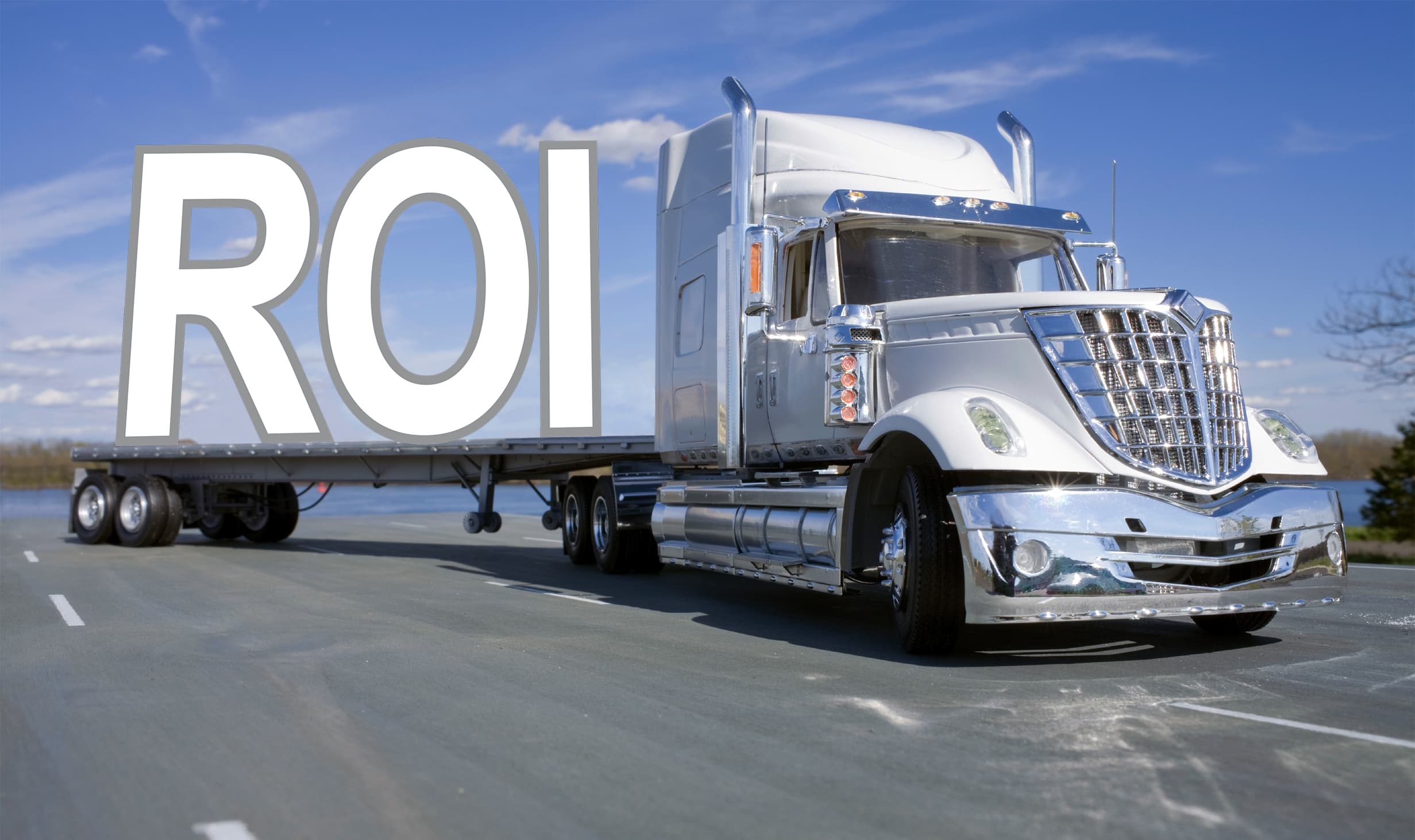Ask the Safety Rep: How OSHA's Working Surfaces Rule Affects Trucking

Walking-working surfaces pertains to floors, ladders, stairways, runways, dock boards, roofs, scaffolds, and elevated work surfaces and walkways. According to OSHA, "To protect workers from hazards associated with those surfaces, particularly hazards related to falls from elevations, the final rule updates and revises the general industry Walking-Working Surfaces standards (29 CFR part 1910, sub-part D)." The final rule provides employers with greater flexibility in choosing a fall protection system, including guardrails and safety net systems, and addresses other areas such as Personal Protective Equipment (PPE) and the requirements for training employees on fall hazards and fall protection systems.
While the new OSHA rules do not directly mention commercial motor vehicles or rolling stock, motor carriers, like any other employer, must still comply with the OSHA standards and regulations under the Occupational Safety and Health Act of 1970. The following Walking-Working Surfaces requirements should be included in a motor carrier's risk management and compliance efforts:
- All places of employment shall be kept clean, orderly, and in a sanitary condition – 1910.22(a)(1)
-
Floors shall be kept free from loose boards or tiles, protruding nails, splinters, holes, corrosion, leaks, spills, snow, and ice – 1910.22(a)(3)
-
Floors and storage areas must be able to support the maximum intended load for that surface – 1910.22(b)
-
Walking-working surfaces should be inspected regularly and maintained in a safe condition – 1910.22(d)(1)
-
Hazardous conditions must be corrected or repaired before an employee uses the walking-working surface again. If this cannot be done immediately, the hazard must be guarded to prevent employees from using the walking-working surface until the hazard is corrected or repaired –1910.22(d)(2)
Call to Action
- Conduct a monthly facility inspection to identify and correct hazardous conditions
-
Provide PPE to workers, mechanics, and drivers to protect against work-related injuries
-
Train employees on slips, trips, and falls using Great West’s Value-Driven® Life video series
The information in this article is provided as a courtesy of Great West Casualty Company and is part of the Value-Driven® Company program. Value-Driven Company was created to help educate and inform insureds so they can make better decisions, build a culture that values safety, and manage risk more effectively. To see what additional resources Great West Casualty Company can provide for its insureds, please contact your Safety Representative, or click below to find an agent.
© Copyright Great West Casualty Company 2017. The material in this publication is the property of Great West Casualty Company unless otherwise noted and may not be reproduced without its written consent by any person other than a current insured of Great West Casualty Company for business purposes. Insured should attribute use as follows: “Used with permission by Great West Casualty Company.”
This material is intended to be a broad overview of the subject matter and is provided for informational purposes only. Great West Casualty Company does not provide legal advice to its insureds, nor does it advise insureds on employment-related issues. Therefore, the subject matter is not intended to serve as legal or employment advice for any issue(s) that may arise in the operations of its insureds. Legal advice should always be sought from the insured’s legal counsel. Great West Casualty Company shall have neither liability nor responsibility to any person or entity with respect to any loss, action, or inaction alleged to be caused directly or indirectly as a result of the information contained herein.




